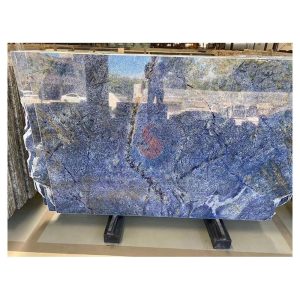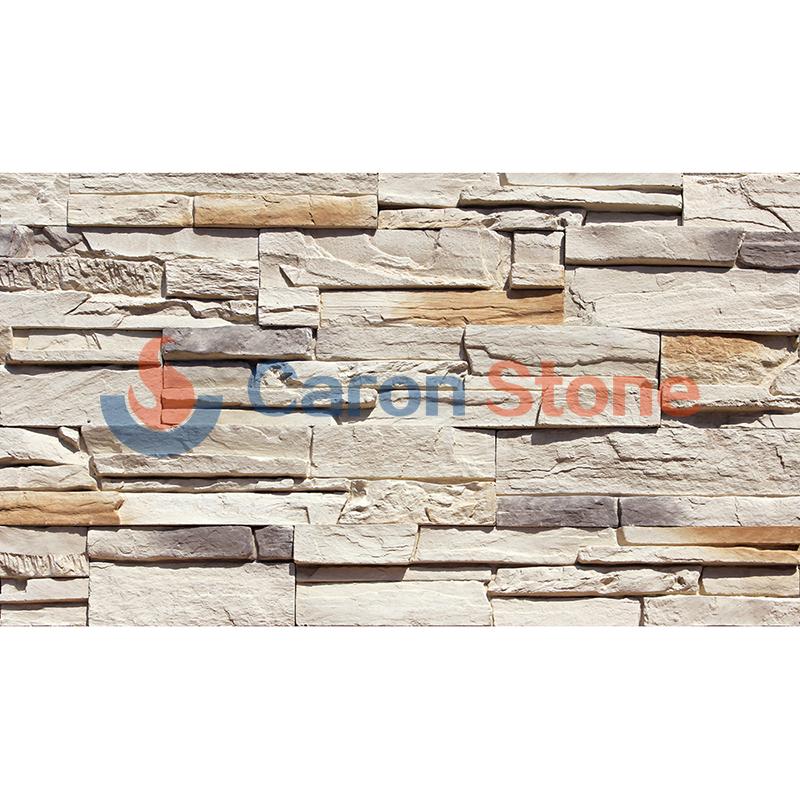In the construction and decoration industry, choosing materials is not only about beauty and durability, but also about budget management. Artificial stone and natural stone both have special appeal and drawbacks as two often used building materials. Making good decisions requires a knowledge of their cost-effectiveness. This article will conduct an in-depth analysis of the cost-effectiveness of artificial stone and natural stone to help you make the most suitable choice in your decoration project.

Rustic Red Quartz Artificial calacatta white quartz stone kitchen countertop
1. Cost comparison: artificial stone vs. natural stone
First, let’s look at the difference between artificial stone and natural stone from the most intuitive cost aspect. Usually regarded as a mark of luxury and somewhat costly, natural stone including marble, granite, and sandstone is These stones are difficult to mine and process; a lot of work and equipment are involved, and the cost is naturally high. Particularly for premium natural stone, the cost might be shockingly high, particularly in cases of customizing or specific cutting needed.
Artificial stone is typically less expensive than natural stone, relative speaking. Artificial synthesis generates artificial stone, which may be mass-produced, therefore lowering the labor and resource waste. Furthermore, the manufacturing of fake stone can be finished at the plant, so simplifying shipping and mining and hence lowering the whole cost. Particularly when it is needed over a sizable region, fake stone clearly has an economical benefit.
2. Maintenance and durability: long-term cost considerations
Although artificial stone may be cheaper than natural stone in the initial purchase, long-term maintenance and durability are also important factors affecting the total cost. Though their upkeep expenses cannot be disregarded, real stone is preferred for its distinctive texture and natural feel. Marble, for instance, needs to be waxed and cleaned often to keep its sheen and anti-fouling qualities; it is also readily damaged by acids. Granite is rather resistant, but it still needs to be routinely sealed to stop stains and penetration.
In contrast, artificial stone has obvious advantages in maintenance. Usually having a smooth surface, good stain resistance and anti-penetration, it is simpler to clean. Most imitation stone goods merely need to be wiped with mild soap and water; this significantly lowers long-term maintenance expenditures. Furthermore, artificial stone usually does not need to be sealed, therefore saving related maintenance expenses.
3. Beauty and design: the art of cost-effectiveness
In terms of beauty and design, natural stone is considered to have irreplaceable beauty due to its unique texture and color. Every natural stone is a masterwork of nature with different texture and color that offers a distinctive creative experience for building and decoration. But the unique character of natural stone also means that, particularly in cases of bespoke sizes or specific processing, their design and construction could call for further expenses.
Although artificial stone may be slightly inferior in natural beauty, their design flexibility and consistency make it an affordable choice. Demand dictates the colors and textures artificial stone can be created from; it can even replicate the look of actual stone. Artificial stone offers more choices and economical benefits for projects needing extensive paving or certain design trends. Its homogeneity also means that, in big regions, the look is more constant and less prone to color discrepancy issues.
4. Environmental factors: long-term cost-effectiveness
Environmental protection has become one of the important considerations in the construction industry. In this sense, artificial and natural stone have respective benefits and drawbacks. Natural stone mining might have several effects on the surroundings, including resource use and land destruction. To lower their environmental impact, some natural stone suppliers are using greener mining and processing techniques, nevertheless.
Artificial stone is more environmentally friendly. Using recycled goods or industrial waste as raw materials helps to lower resource utilization and trash generation. Furthermore, the manufacturing of fake stone usually uses less energy and has less impact on the surroundings. Modern production facilities, for instance, use water circulation systems and effective energy management to lower the environmental impact of the manufacturing process. The environmental protection qualities of fake stone are surely a benefit for initiatives emphasizing sustainable development.

Natural Stone High Polished Blue Bahia Granite Quarzite
In summary, artificial stone and natural stone each have their own advantages in terms of cost-effectiveness. With its cheaper starting cost, less maintenance needed, and high design flexibility, artificial stone shines in economy. Though its long-term maintenance cost is more, natural stone has garnered a lot of appeal with its distinctive natural beauty and high-end temperance. The final choice should be determined based on the specific project needs, budget and design style. Making a decision will benefit from thorough consideration of the cost-effectiveness of both to attain the finest decorating effect and economy.





